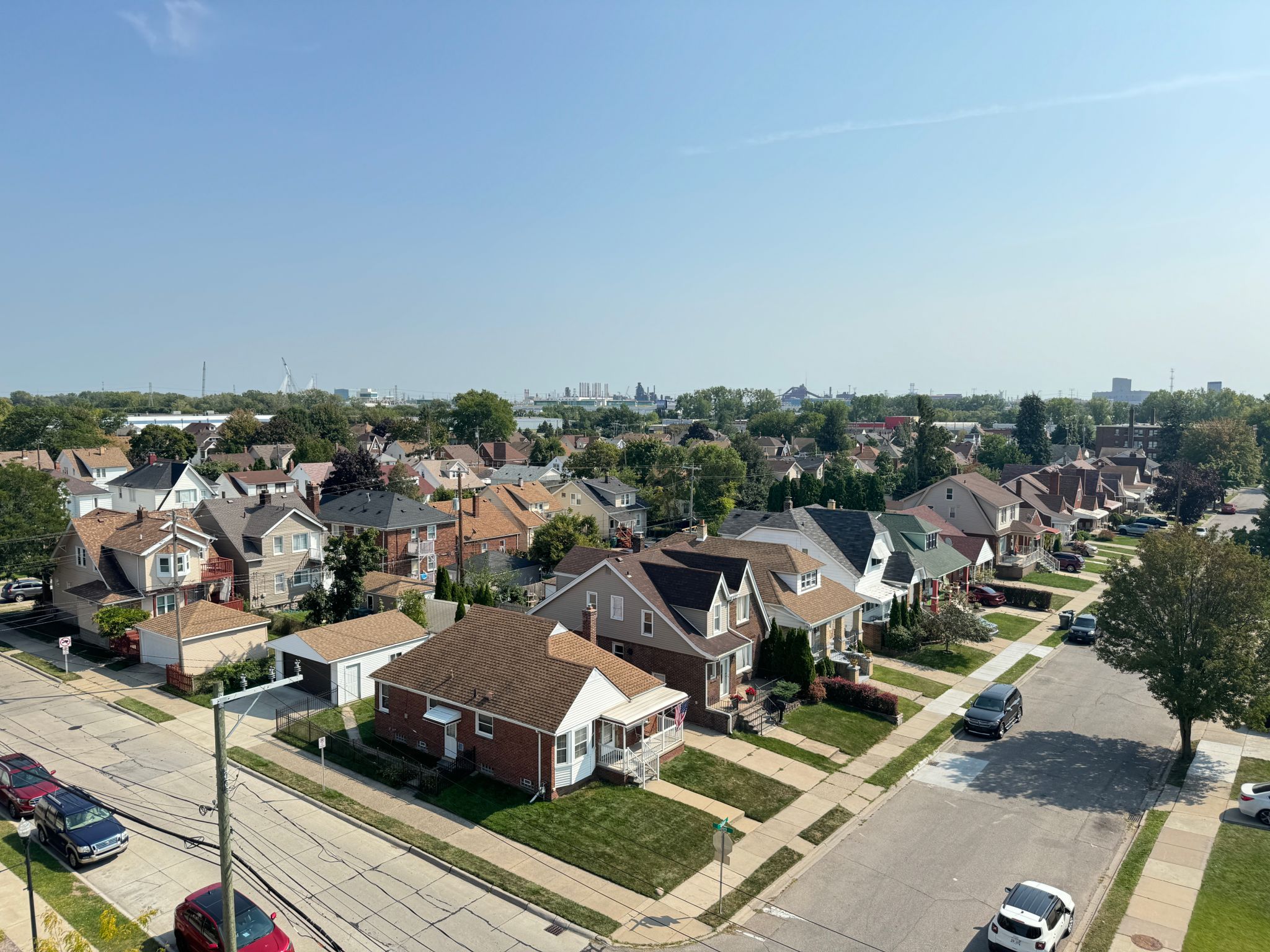Understanding the Role of Location in Real Estate Value
The Significance of Location in Real Estate
When it comes to real estate, the age-old mantra "location, location, location" holds significant weight. The location of a property not only influences its market value but also its desirability and potential for future growth. Understanding how different factors related to location can affect real estate value is crucial for both buyers and investors.

Proximity to Amenities
One of the primary factors that make a location desirable is its proximity to essential amenities such as schools, hospitals, shopping centers, and recreational facilities. Properties situated near these conveniences often command higher prices due to the added convenience they offer to residents. Additionally, areas with well-maintained public transportation systems and major roadways also tend to see increased property values.
Furthermore, the availability of quality educational institutions often attracts families looking to settle in a particular area. This demand can drive up property prices significantly, making it a critical consideration for homebuyers and investors alike.
Neighborhood Safety and Community
Safety is a top priority for most homebuyers, making it an essential factor in determining real estate value. Properties located in neighborhoods with low crime rates and a strong sense of community generally fetch higher prices. People are willing to pay a premium for peace of mind and a supportive community environment.

In addition to safety, the presence of parks, community centers, and other social hubs can enhance the desirability of a neighborhood. These factors contribute to a higher quality of life, making such areas more attractive to potential buyers.
Economic Growth and Employment Opportunities
The economic vitality of an area plays a crucial role in real estate valuation. Regions experiencing economic growth often see an influx of new businesses and job opportunities. As employment prospects rise, so does the demand for housing, which can lead to an increase in property values.
Investors often seek out locations with strong economic indicators, such as low unemployment rates and diverse industries, as these areas are likely to offer stable returns on investment. Moreover, cities with burgeoning tech hubs or financial centers attract professionals who contribute to a thriving real estate market.

Naturally Appealing Features
Natural features such as waterfronts, mountain views, and access to green spaces can significantly boost a property's value. Many buyers are drawn to locations that offer scenic beauty and outdoor recreational opportunities. As a result, properties with unique natural surroundings often see higher demand and increased valuation.
Additionally, climate and environmental factors can influence real estate prices. Areas with favorable weather conditions or those that actively engage in sustainable practices may appeal more to environmentally conscious buyers.
Future Development Potential
Lastly, the potential for future development is a critical consideration in real estate valuation. Locations earmarked for infrastructure projects, such as new highways or transit lines, often see an uptick in property values as these developments promise enhanced connectivity and accessibility.
Moreover, urban renewal projects or zoning changes can transform an area, leading to increased property demand and rising prices. Savvy investors often seek out areas with planned developments as they anticipate value appreciation over time.

In conclusion, understanding the numerous facets of location is vital when evaluating real estate value. From proximity to amenities and safety to economic growth and natural appeal, each factor plays a pivotal role in shaping the desirability and potential worth of a property. By considering these elements, both buyers and investors can make informed decisions that align with their goals and maximize their returns.